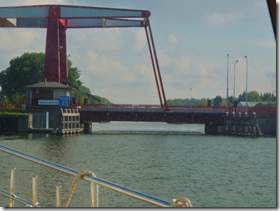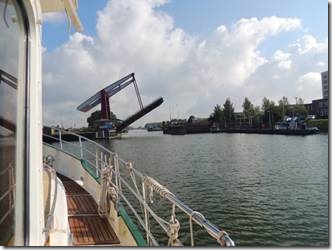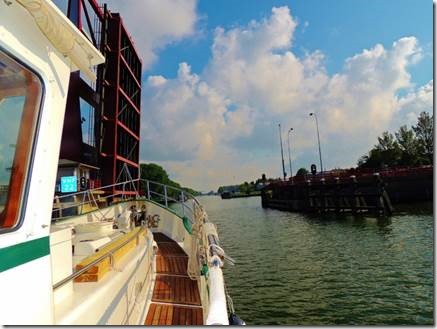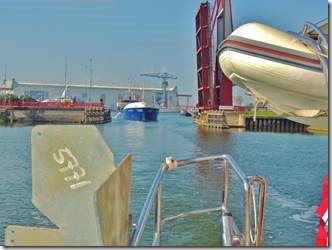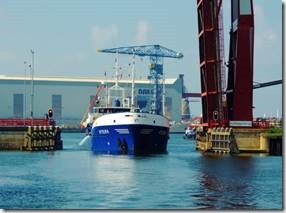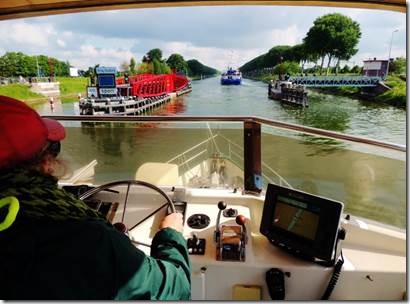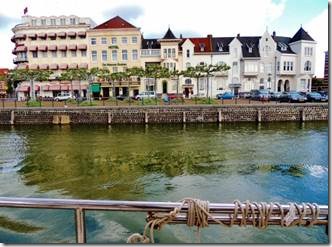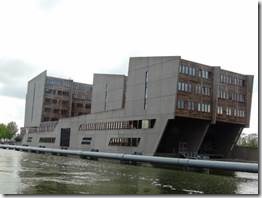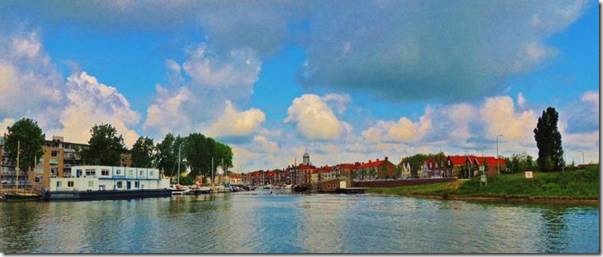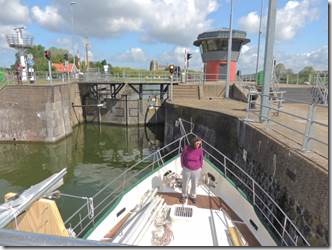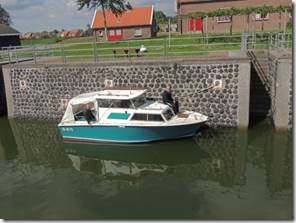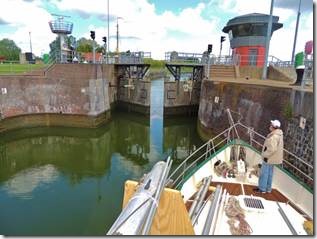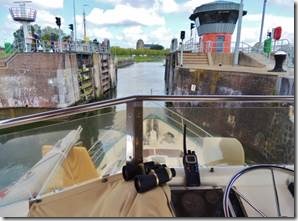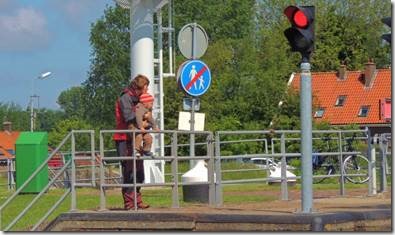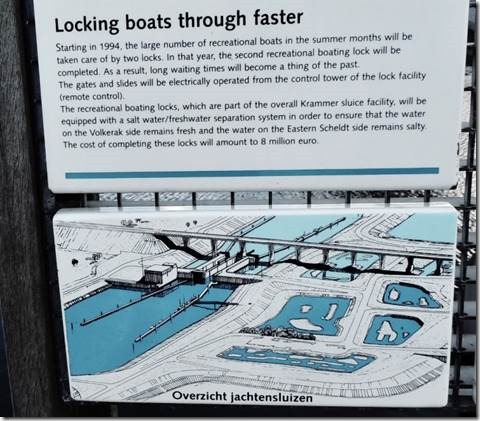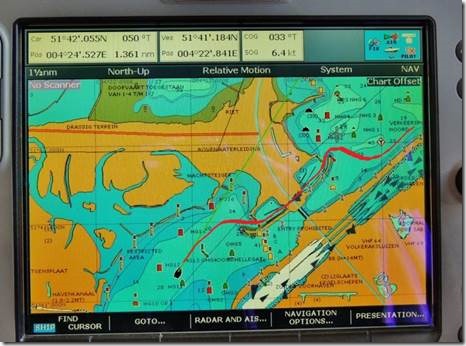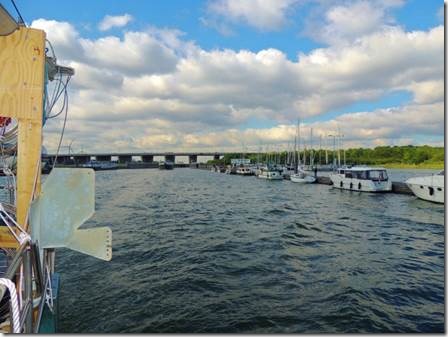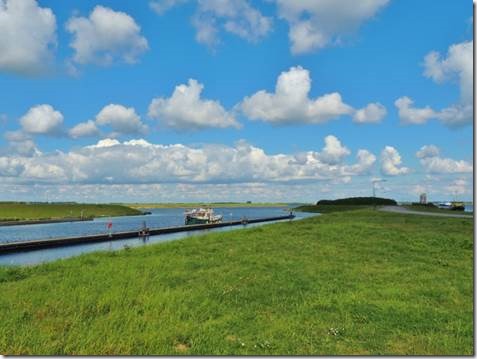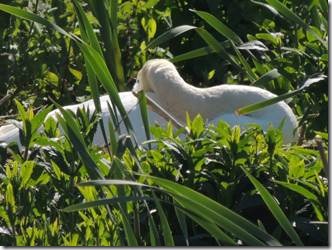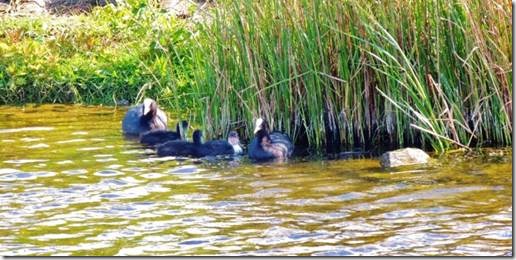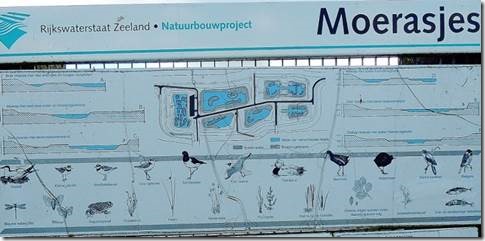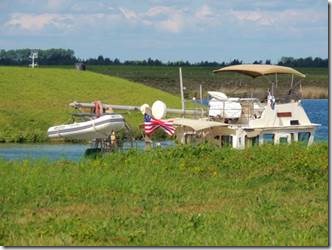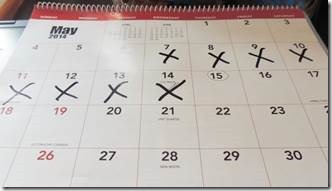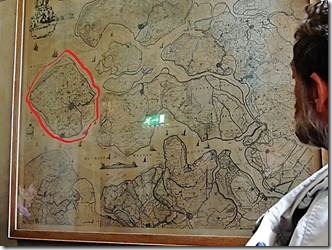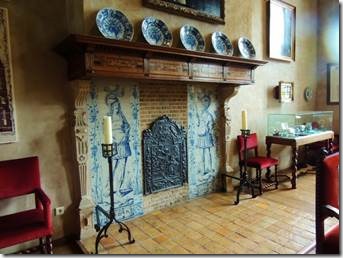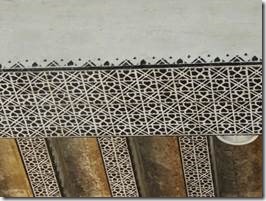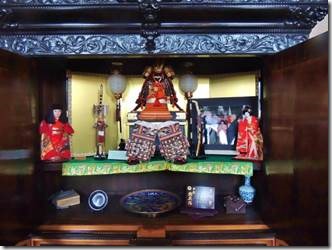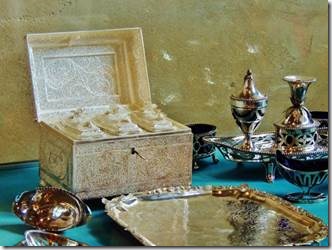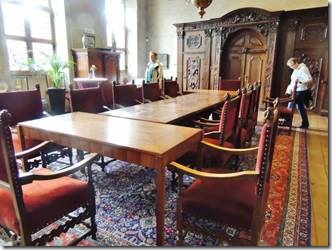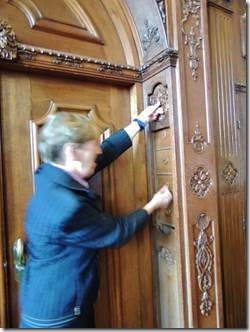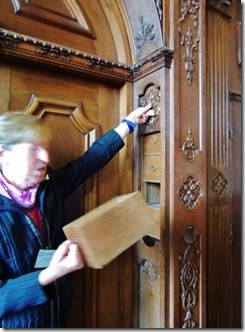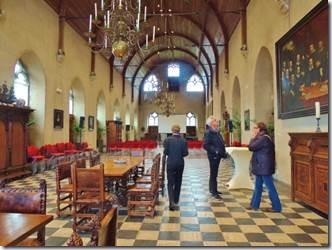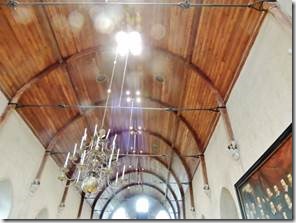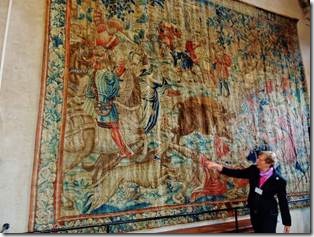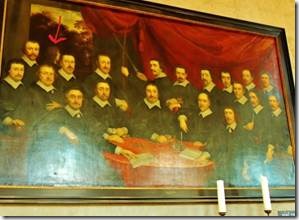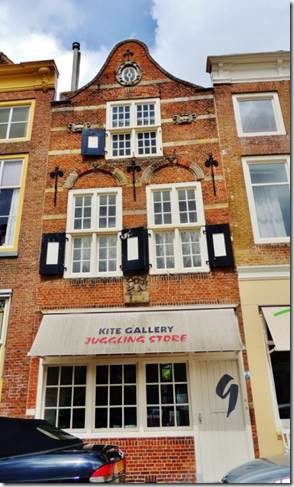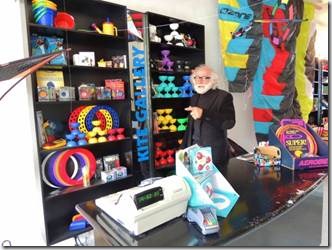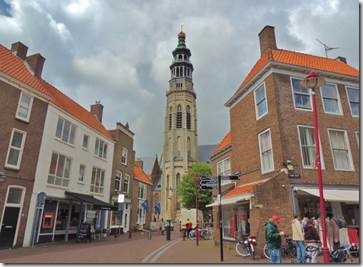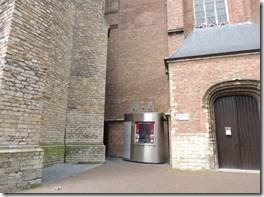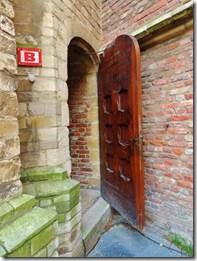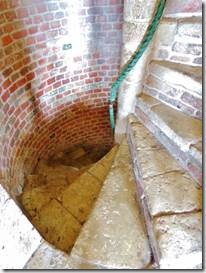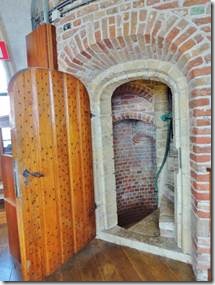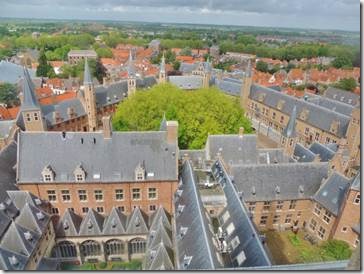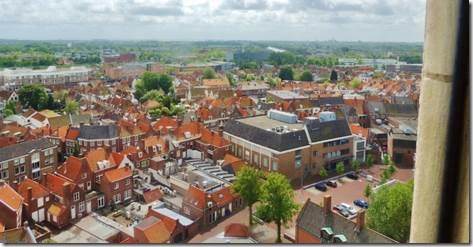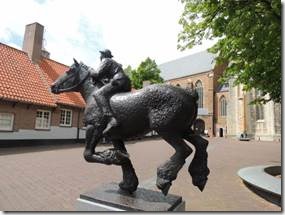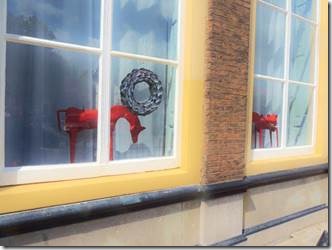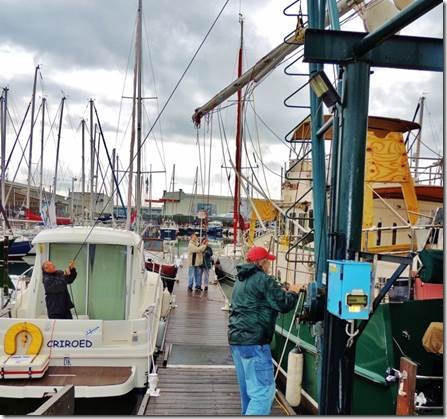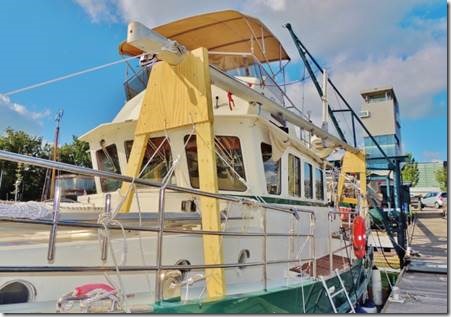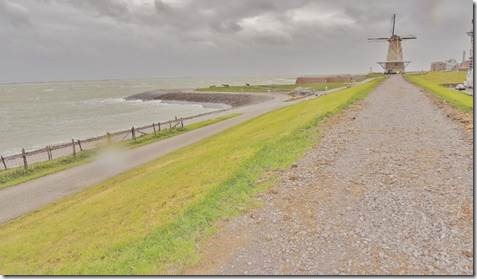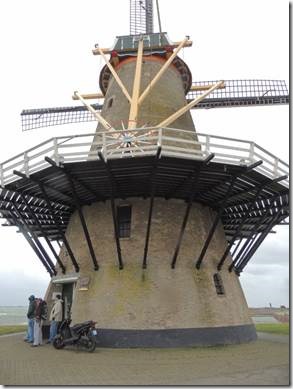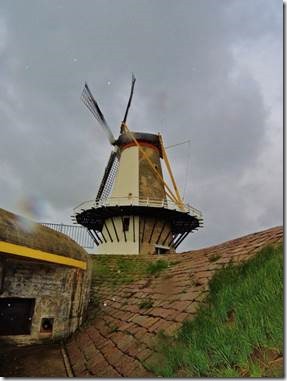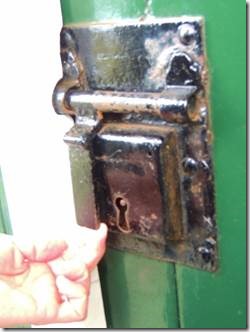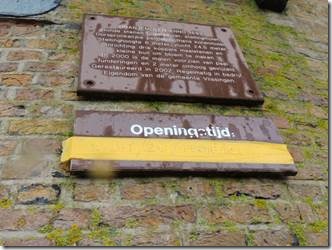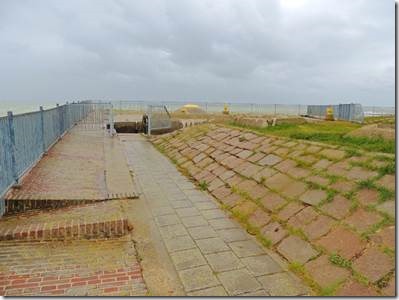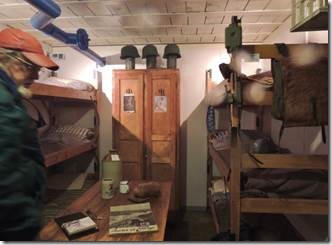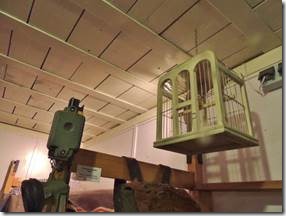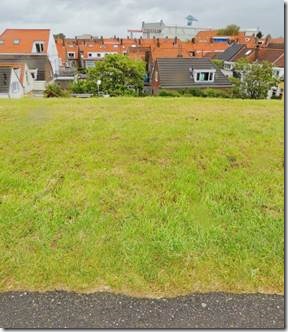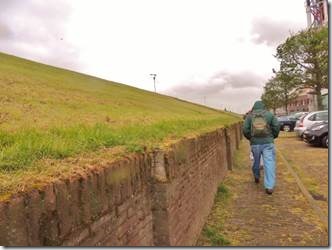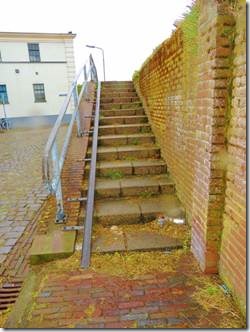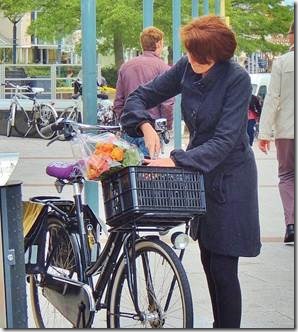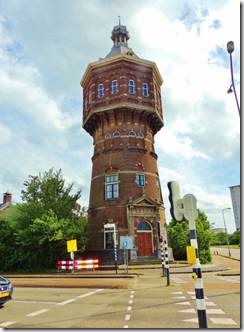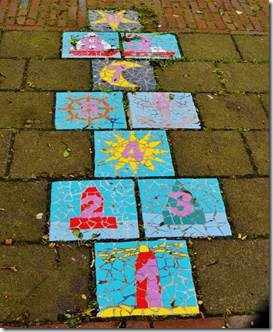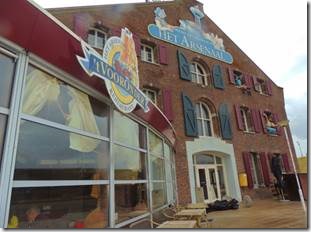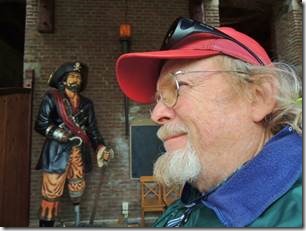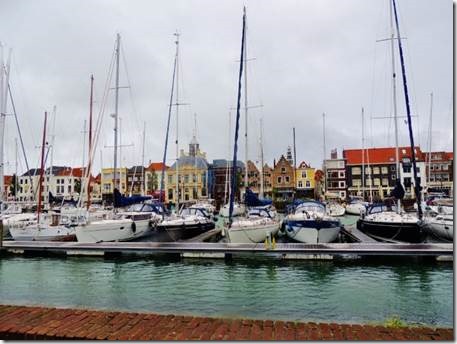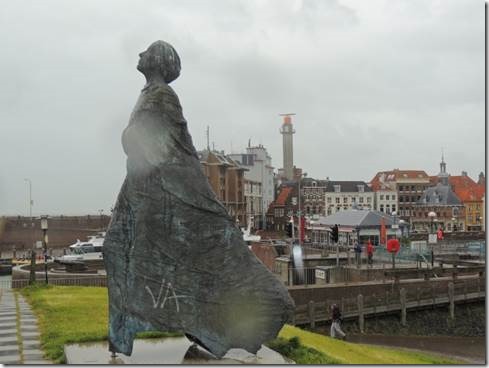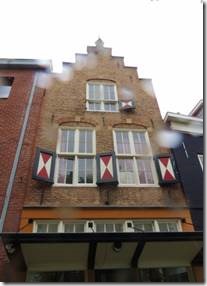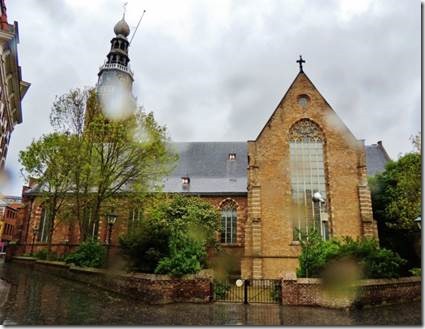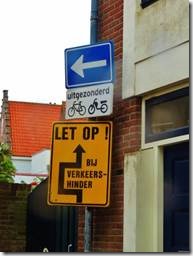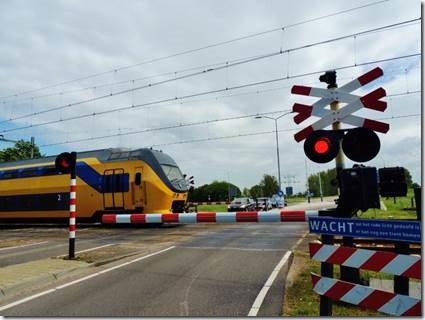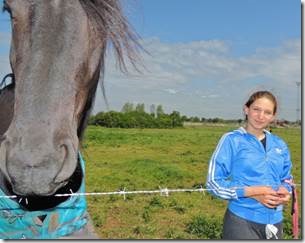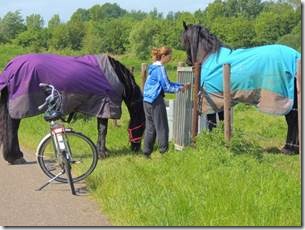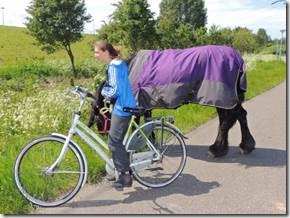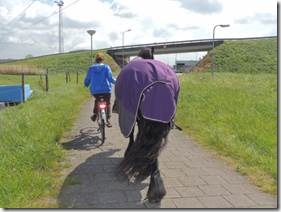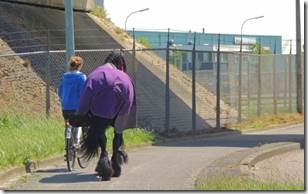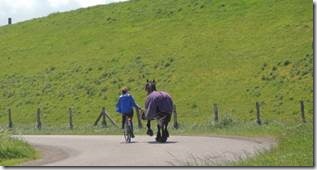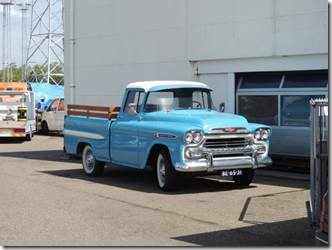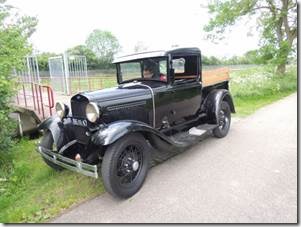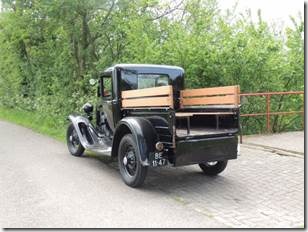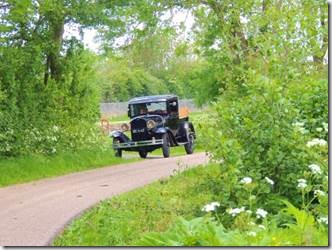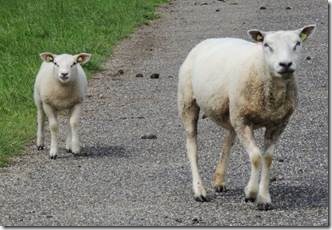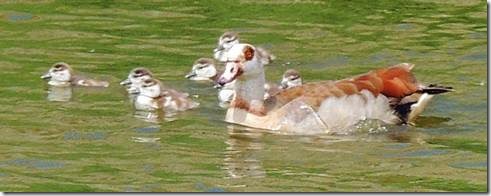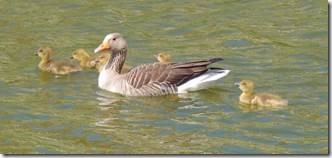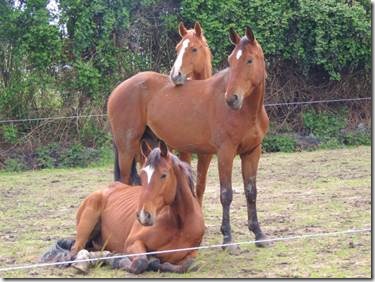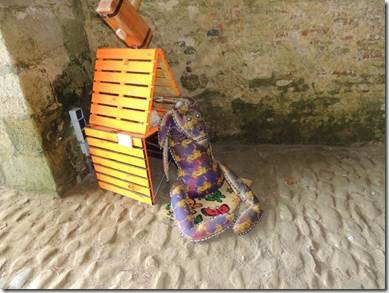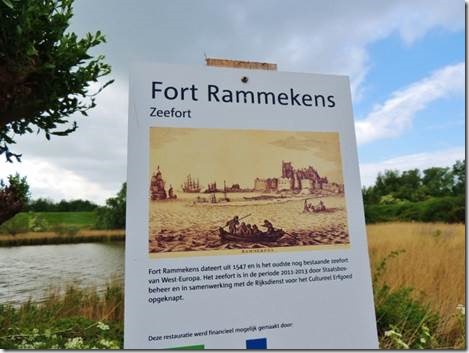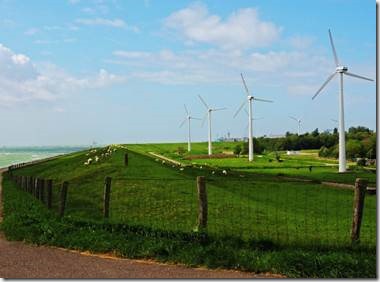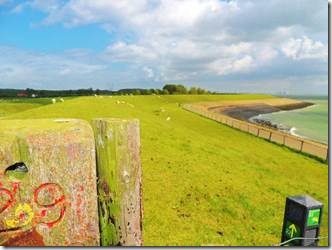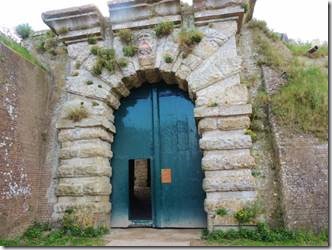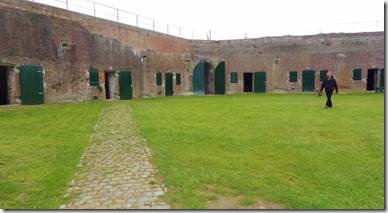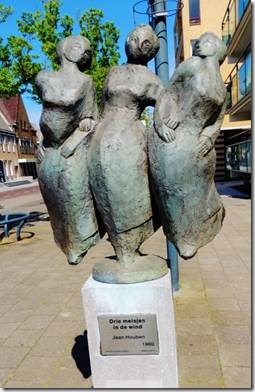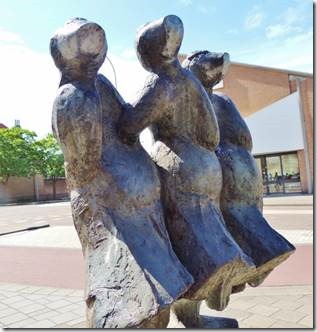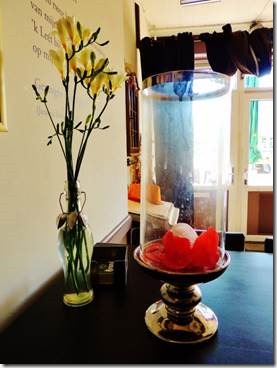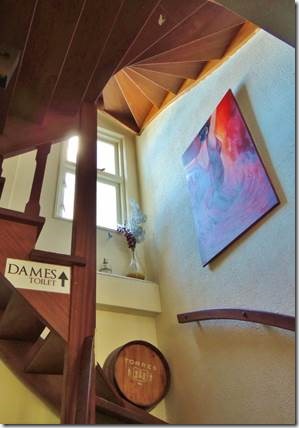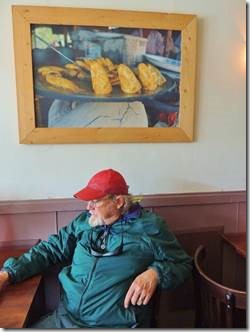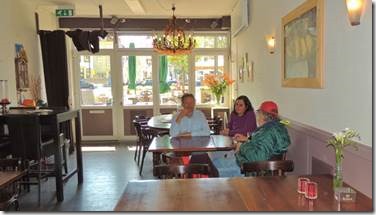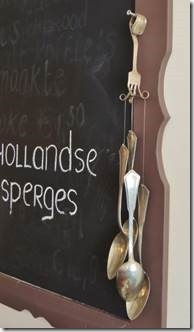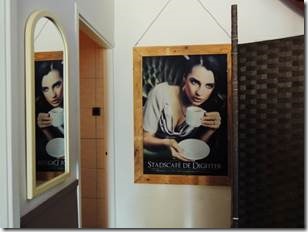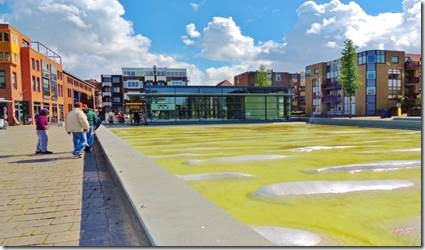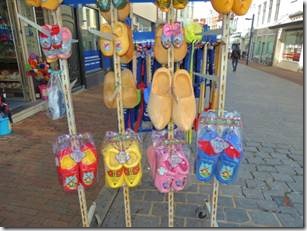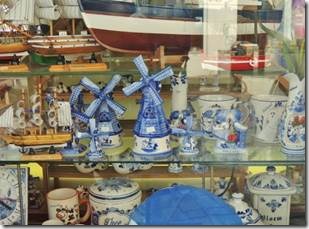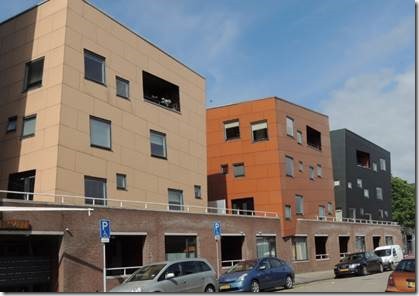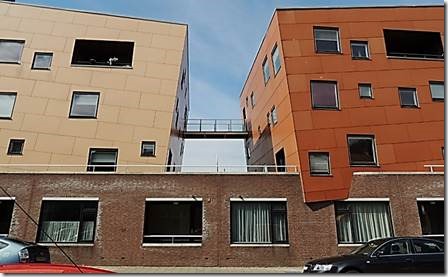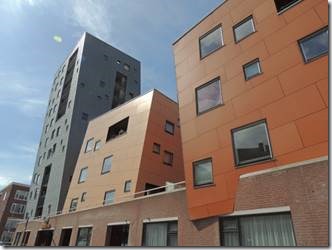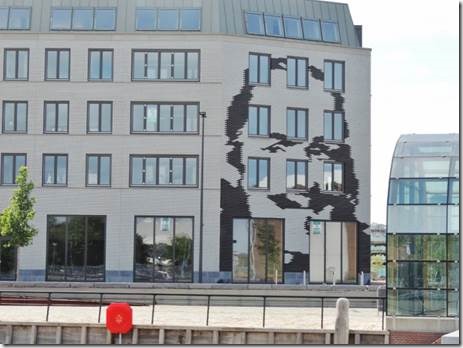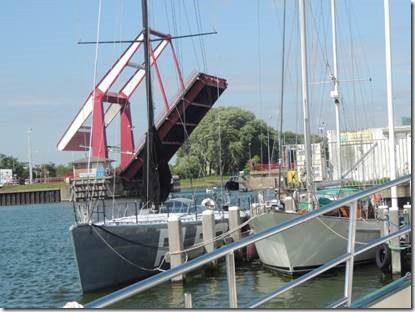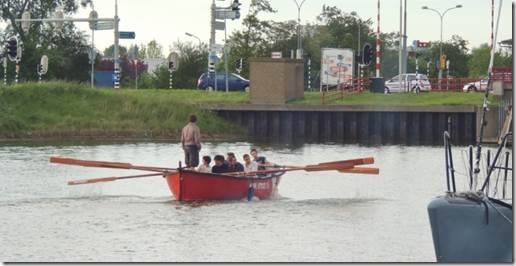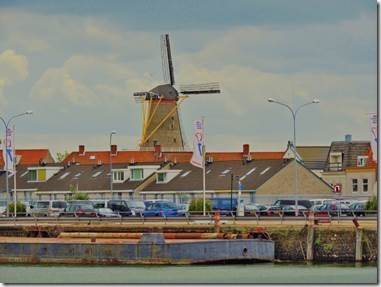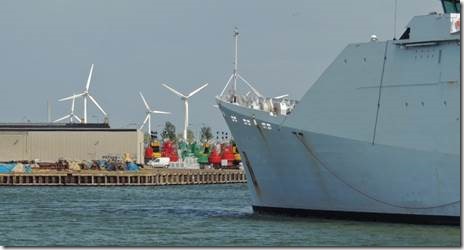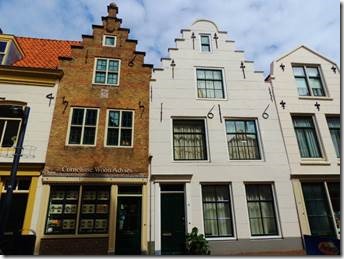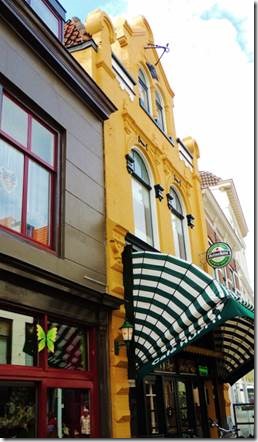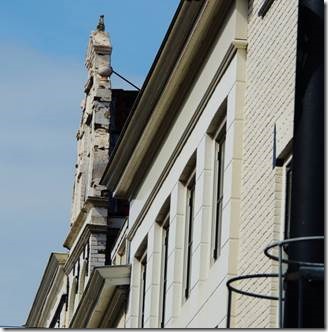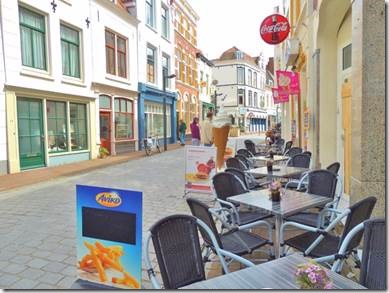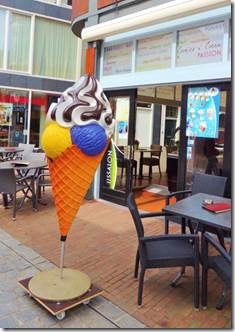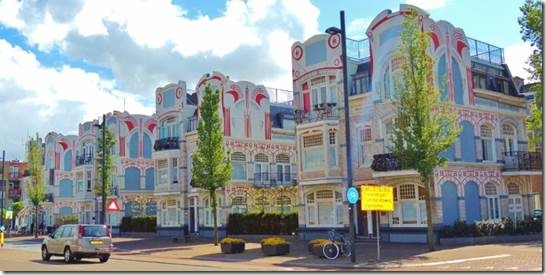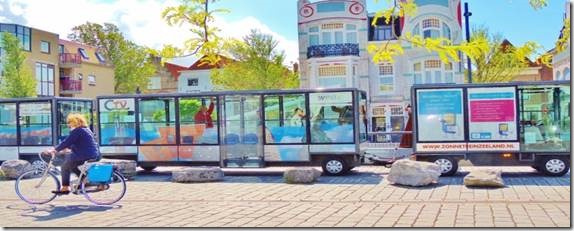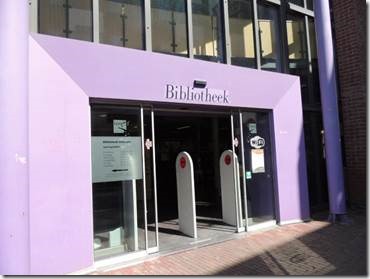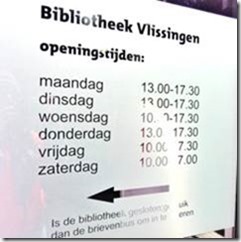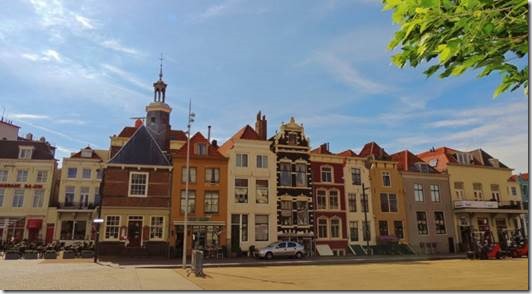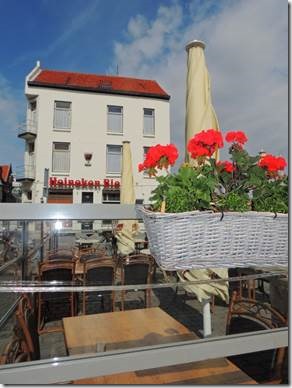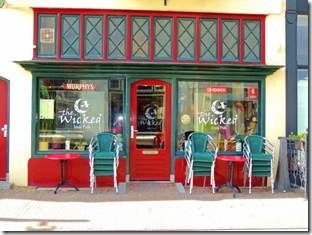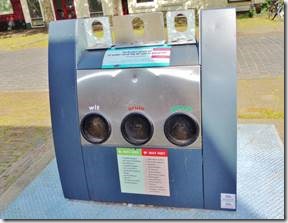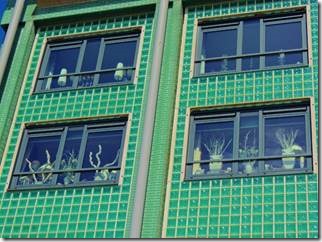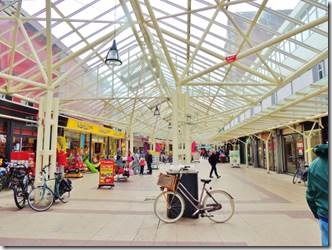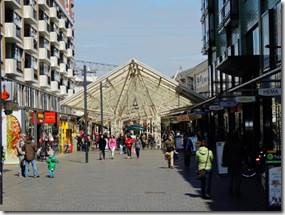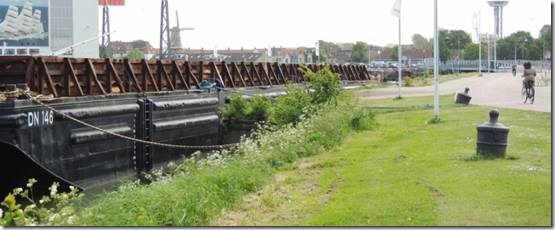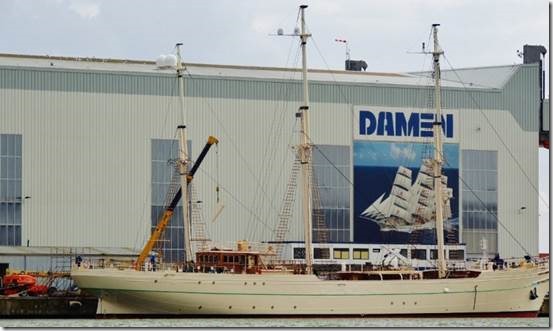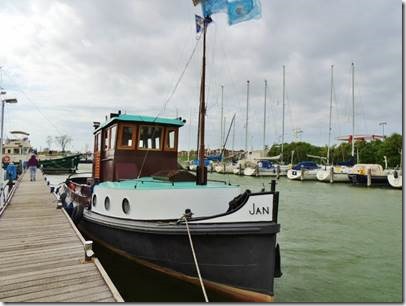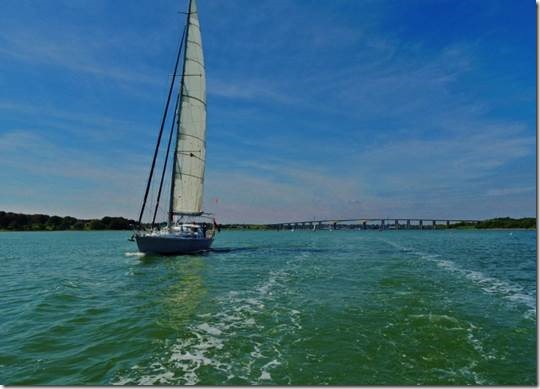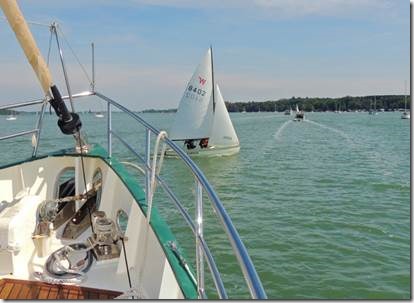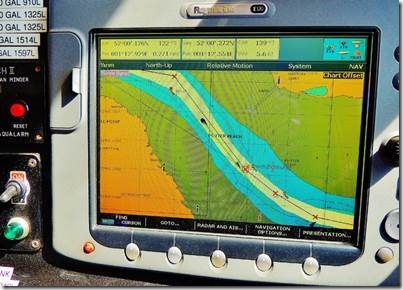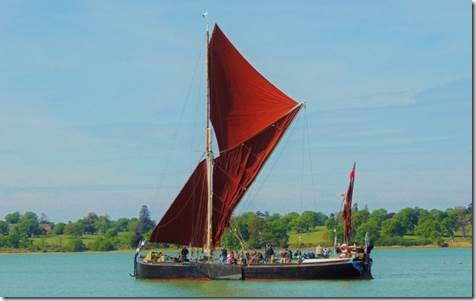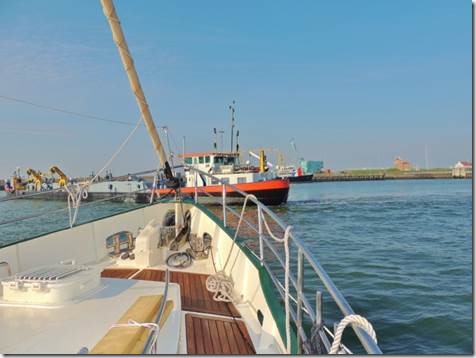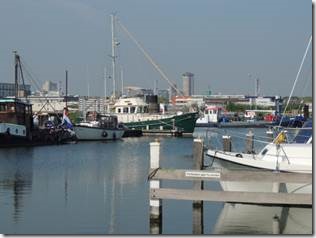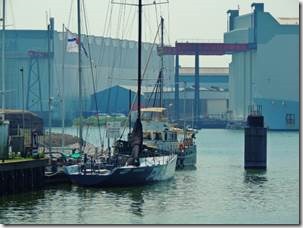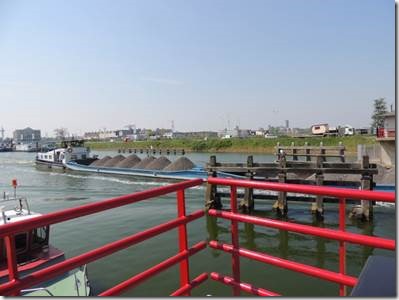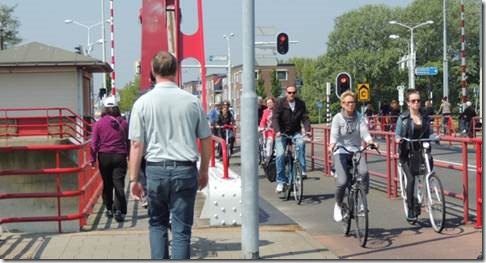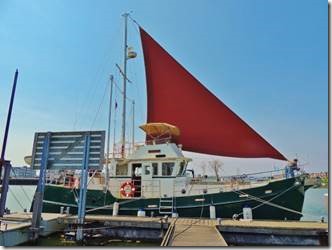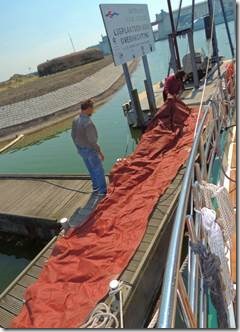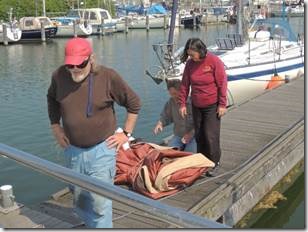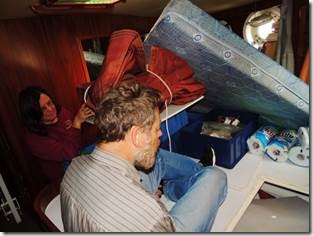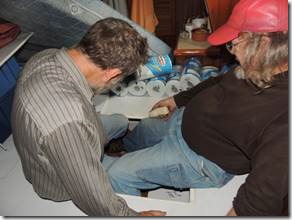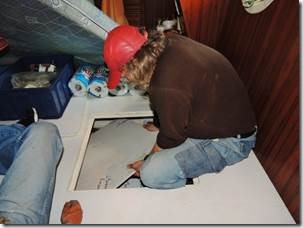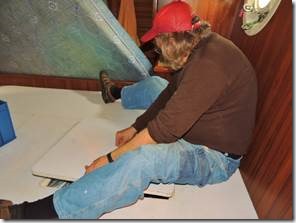Goedenavond,
We finally left Vlissingen May 13th and made it part way to Papendrecht. We tied up overnight just along the water way sharing space with lots of water birds which was wonderful. Today we made into Papendrecht and were helped into the only space possible for us at this small yacht club. Everyone is super helpful loaning us an extension power cord and a longer hose and just being very welcoming. We walked into the nearby shopping center for lunch and groceries which we seem to demolish in no time so are always needing replacements. Then Randal and Rick got the boat all hooked up with power, water and wifi and Mary and I went out for a walk that became a longer walk when we decided to make a “loop” rather than just retrace our steps. But that was fine as we finally got back to the boat. The weather has been perfectly sunny for two days though driving from our flybridge is still quite chilly or downright cold depending who you ask.
Tomorrow Randal and Rick will take the water taxi to Rotterdam to get our VHF radio repaired and Mary and I will do some laundry as well as cross the river to Dordrecht and see that very intriguing looking town.
Moving every day makes it hard to catch up with stories and to remember them. Between the 4 of us no one could remember half of what we’d heard during our tour of the Middelburg Town Hall and then we couldn’t always agree on what we remembered. I will have to start taking notes as finding background info in English is really proving problematic.
So that’s it!
Ru
Middelburg….
“To really be a good town, you need a good market square. It’s best when it is traffic free, lined with cafés, surrounded by interesting buildings, and has — at least once a week — a market happening on it.
Throw in a tower with a view, some more historical buildings, a waterway and maybe some cozy squares — they don’t have to be as big as the market square — and you have the makings of a good place to while away the time.
Middelburg, Netherlands, has all this and a bit more.
But first some history. Middelburg is the capital of Holland’s Zeeland province. It is in the center of a piece of land called Walcheren. This was once an island, but, like many places in Holland, due to land reclamation is now part of the mainland. It is a place use to calamities, from attacking armies to the invading sea.
Middelburg got its name from a castle — “burg” — that was at the center of the island and offered protection from marauding Vikings in the ninth century. It received its town charter in 1217 and throughout the ages became an important commercial center, especially due to its cloth-making trade.
In 1561 it became the seat of a bishop. Walcheren lies at the mouth of the Schelde estuary, making the island and its capital strategically important, controlling the waterway to the great port of Antwerp.
In the 17th and 18th centuries, Middelburg experienced a renaissance, being the second-most important home port for the Dutch East India Company after Amsterdam, with its profitable trade with the East and West Indies.
The city suffered continuously from severe flooding over the years as the North Sea deluged the land.
Middelburg was heavily damaged by the Nazis in World War II, and the Allies, in a move to flush them out, destroyed the dikes in 1944, flooding the island for over a year.
The great floods of 1953 overwhelmed the city once more, but with the construction of new dikes, the power of the sea has been kept under control.
The heart of Middelburg is the Markt. Lined on two sides with cafés and restaurants and on a third by the fantastic Stadhuis (town hall), the square has a weekly market on Thursday, a fruit and vegetable market on Saturdays from Easter to October, a book and bric-a-brac market on Mondays, and a flea market on the first Saturday of the month (except January).
The Stadhuis is a model of ornate Gothic splendor, decorated with statues of the counts and countesses of Zeeland. A graceful clock tower, added in the 17th century, soars into the Dutch sky.
Don’t be fooled by its ancient look. The Stadhuis was nearly destroyed in World War II, and what you see today is a detailed, loving reconstruction of the building.
The clock tower isn’t the only thing that towers over the city. There is also what the citizens of Middelburg affectionately call “Lange Jan.” Long John is the 280-foot tower of the Nieuwe Kerk (new church), part of the city’s 12th century abbey. The long climb to the top offers a view of the city and on a clear day almost all of Walcheren. (We did climb the tower, more about that another email….)
Secularized in 1574, the Abdij is a conglomeration of buildings surrounding a generous courtyard. Three adjacent, internally connected churches — the Nieuwe Kerk, the Wandel Kerk and the Koor Kerk — make up one part of the complex. Within the compound is the Zeeuws Museum, which traces the history of the Zeeland province, and the Roosevelt Study Center, which commemorates the links of Theodore and Franklin Delano Roosevelt, to a Zeeland ancestor, Claes Maertenszoon van Rosevelt who sailed to Nieuw Amsterdam in the New World in the 17th century.”
By Michael Abrams
Stars and Stripes
Published: March 27, 2003
http://www.hollandhistory.net/
http://www.jhm.nl/culture-and-history/the-netherlands/zeeland/middelburg if you want to know more/
|
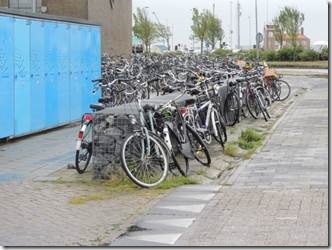
Bicycle parking at the train station in Vlissingen. This is nothing compared to the train station in Amsterdam when we were there in 2000.
|
|
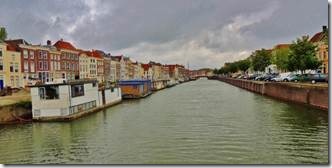 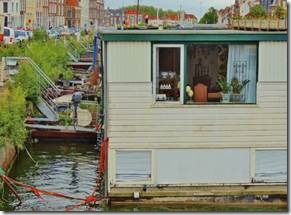
Life on the canal in Middelburg.
|
|
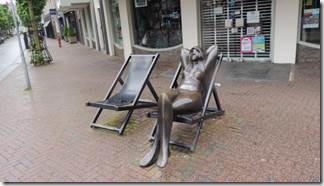 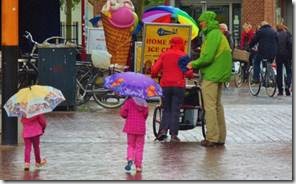
Art and life not imitating each other….. the girls were so cute with umbrellas half their size.
|
|
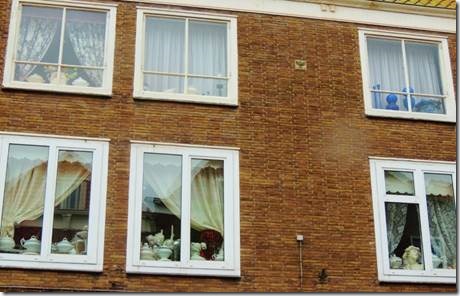
Windows always have something to show off.
|
|
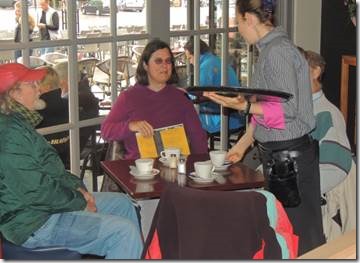 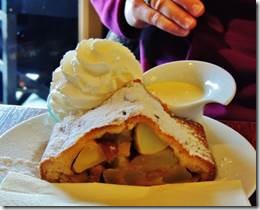
The tourist office didn’t open until 11 am so we HAD to kill some time with coffee. Mary decided she had to try a local specialty, apple strudel with whipped cream and vanilla cream. Rick helped her just a bit but Randal and I made do with our cappuccino and a tiny waffle cookie.
Then we returned to the Tourist Office where we were told a tour of the Town Hall would start in 10 minutes so we went back across the square to sign up for it.
|
|
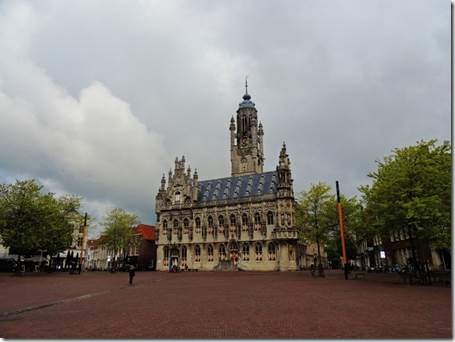
The Gothic Façade of the Middelburg Town Hall in Market Square
The info below is from a site that must have used Google Translate rather than a real human translator, but it matches what our guide told us.
“On April 21, 1452 was the first stone of the Town Hall of Middelburg. It would be a combination of a hall, meat market and Cloth Hall. This combination of features was very common in the Middles Ages. The Town Hall contains many Gothic features and belongs to the late Flemish Brabant Gothic. The most striking features are the tower and the beautiful facade with its Gothic windows, red and white shutters and sculptures. …..
In the 19th century found numerous repair works. In 1884 began the most comprehensive restoration under the direction of the architect Pierre Cuypers. Here the facade overhaul. After the completion of the facade in 1912, the town hall, takes the place for a city museum and the municipal.
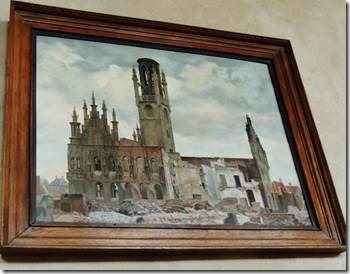
Destruction during WW 2
Then begins a fateful day for the city of Middelburg: May 17, 1940. While the rest of the Netherlands on May 14 after an invasion by the Germans surrendered, the province of Zeeland was ordered by the government through fighting. The city is located in the line of fire to lie. Three days after the bombing of Rotterdam, a large part of the historic heart of Middelburg destroyed by shelling and aerial bombardment. This, for many unexpected attack, take the City Hall, there remains only a silhouette on walls blackened. The spire, the roof and the whole interior will be lost.
Soon the restorations was started. The Gothic facades are restored and a new section added in suitable style. After years of rehabilitation, among others H. Van Heeswijk and A. van der Steur, the Town Hall on August 18, 1950 by Queen Juliana festively reopened. The restoration of the exterior below takes many years to complete.
During the rebuilding after the bombing, in addition to the outside, were made the inside underway. In the so-called Gothic part of the city hall is the old style interior decorated with antique furniture, tapestries and paintings. This can be seen in the hall, wedding hall, the former chamber of the mayor and aldermen, the council chamber and civic (former Cloth Hall).
Since 2004, the board of the city of Middelburg a new Council office in operation, designed by Thomas Rau (Rau & Partners). The old town hall complex is now used by the Roosevelt Academy. In addition there are regular weddings and place the meat hall used for exhibitions of Visual Arts Foundation Middelburg.
That the Middelburg Town Hall in 2007 on the second place finisher in the election for the most beautiful building in the Netherlands says much about the fame and beauty of this monument.
http://worldalldetails.com/
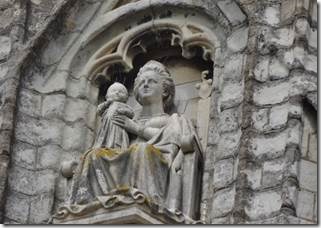
Our guide told the following story : On the façade is this sculputer created by Pierre Cuypers, one of the Dutch? Queens and her daughter. Cuypers was Catholic so some interpret this as his attempt at a Madonna and child. Cuypers’ response was that it showed the queen and her daughter so no one could argue.
|
|
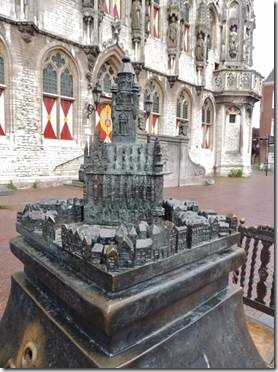 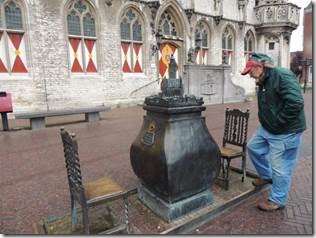
Model of the Town Hall at some point in its history. More interesting is its base with a peek hole in both sides so if you look through just as someone is looking through you see eyeballs. The sign said something about a tunnel and the sewage system but the engraving was too faint so I couldn’t even use Google translate to translate it.
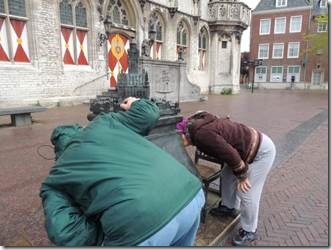
Randal and Mary eyeballing each other.
|
|
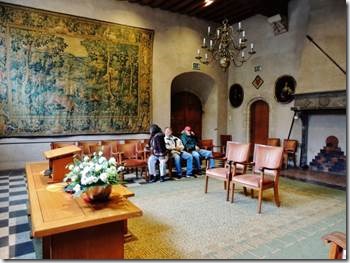 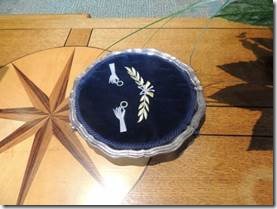
Flemish Tapestries from the 1500 or 1600s, I can’t remember and the wedding ring cushion.
We were welcomed into the main hall and told to wait in the “wedding room.” I thought our guide had meant waiting room until I saw this small embroidered cushion with the two rings. It was indeed the wedding room. Once upon a time it was used as a court for small crimes.
Our tour continued all through the many rooms in the building.
|
|
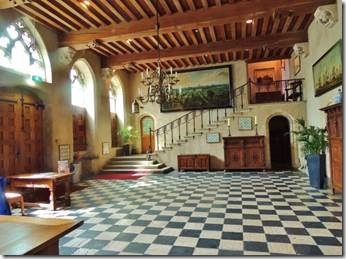 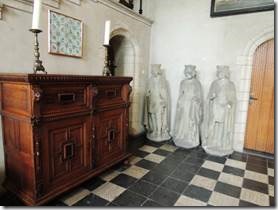
The main entrance hall had been used as a court for major crimes including murder. Men were hanged and women strangled, our guide guessing that it would be improper to be able to see up the skirts of a woman hanging in the air. No death penalty now in The Netherlands. These 3 figures were left overs from the façade, no one knows who they’re supposed to be. They are called “the spares.”
|
|
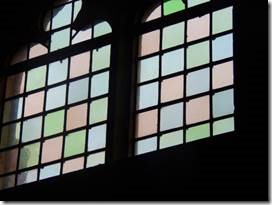
Stained glass or old discolored glass? I voted for deliberately colored glass but R, R and M said it was just old glass that wasn’t clear. The small brochure called the windows stained glass, so who knows?
|
|
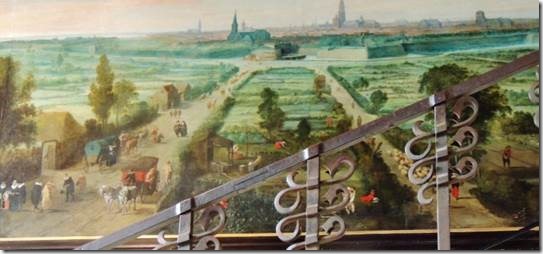
The painting on the stairway was Antwerp not Middelburg
Pre-Napoleonic Netherlands as evidenced by carts being driven on the left.
Apparently Napoleon made each country he conquered drive on the right if they weren’t already doing so. Napoleon didn’t conquer England so the UK drives on the left.
|

